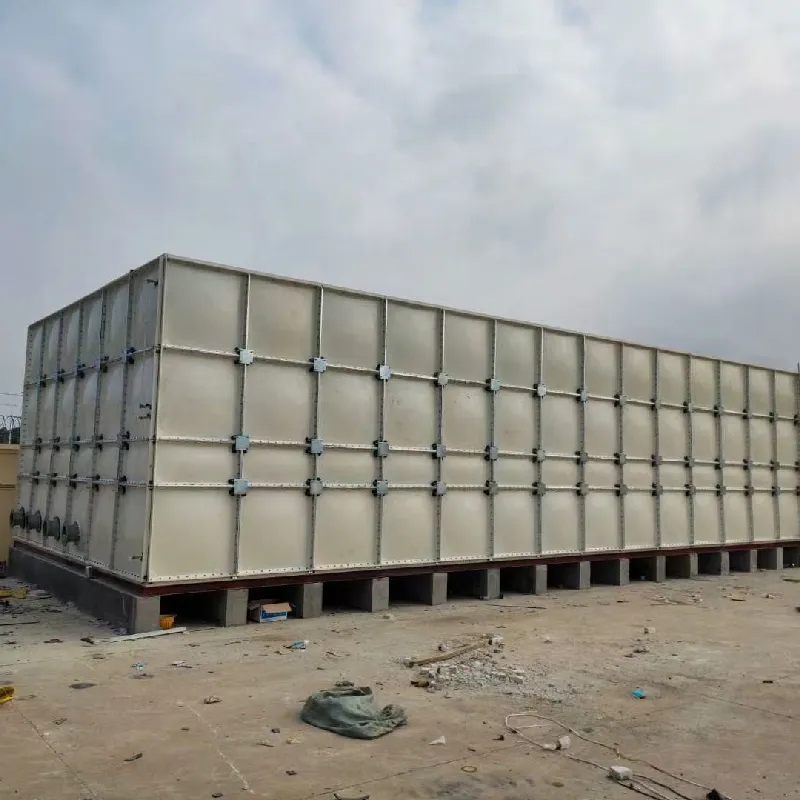loading...
- No. 9, Xingyuan South Street, Dongwaihuan Road, Zaoqiang County, Hengshui, Hebei, China
- admin@zjcomposites.com
- +86 15097380338
- Welcome to visit our website!
uv water treatment
UV Water Treatment A Sustainable Solution for Clean Water
Access to clean and safe drinking water is a fundamental human right, yet millions of people worldwide still lack this essential resource. Waterborne diseases are among the leading causes of illness and death, particularly in developing regions. As the demand for safe drinking water rises, traditional water purification methods often fall short in terms of efficiency, sustainability, and cost-effectiveness. In this context, ultraviolet (UV) water treatment has emerged as one of the most promising solutions for ensuring safe water for communities and environments alike.
What is UV Water Treatment?
UV water treatment uses ultraviolet light to disinfect water by inactivating harmful microorganisms such as bacteria, viruses, and protozoa. When water passes through a UV reactor, it is exposed to a specific wavelength of ultraviolet light (around 254 nanometers). This light penetrates the cells of harmful pathogens, disrupting their DNA and rendering them incapable of reproduction and infection. The process is rapid, efficient, and leaves no chemical residues, making it an attractive alternative to traditional chlorination methods.
The Benefits of UV Water Treatment
1. Effectiveness Against Microorganisms UV water treatment is highly effective in eliminating a wide range of pathogens, including those that are resistant to chlorine. Studies have shown that UV radiation can achieve over a 99.9% reduction in harmful organisms, making it particularly valuable for treating water sources known to be contaminated with disease-causing agents.
2. Environmentally Friendly Unlike chemical disinfection methods, UV treatment does not introduce harmful chemicals into the water supply. This means that it not only purifies water but also ensures that aquatic ecosystems are preserved, thus promoting environmental sustainability.
3. Cost-Effectiveness While the initial investment in UV treatment systems may be higher than conventional methods, the long-term savings cannot be overlooked. UV systems require minimal maintenance and do not need the constant supply of chemicals, resulting in lower operational costs over time.
4. Ease of Use UV water treatment systems are relatively easy to install and operate. They can be integrated into existing water treatment facilities or used in standalone units for households and communities, making them versatile for various applications, from rural water supplies to municipal water treatment plants.
uv water treatment

Limitations and Considerations
Despite its many advantages, UV water treatment does have limitations that must be considered. First, UV technology cannot remove chemical contaminants or sediments from water. It works best as a complementary method alongside other treatments, such as filtration or reverse osmosis, to provide comprehensive water purification.
Second, the effectiveness of UV treatment can be influenced by water quality. Factors such as turbidity, color, and the presence of organic matter can shield microorganisms from UV exposure, reducing the system's overall effectiveness. It is crucial to pre-treat water to ensure optimal results.
Future of UV Water Treatment
As global water scarcity continues to rise alongside population growth and climate change, the demand for innovative water treatment solutions will only increase. Advances in UV technology, such as the development of more efficient lamps and reactors, are likely to enhance its effectiveness and reduce operational costs further.
Additionally, the growing awareness of the importance of sustainable practices in water treatment will drive the adoption of UV systems across various settings. From urban communities looking for safer drinking water to rural areas in developing countries, UV technology holds the potential to transform the way we approach water purification.
Conclusion
In conclusion, UV water treatment represents a sustainable and effective solution for ensuring access to clean and safe water. Its ability to inactivate harmful microorganisms without introducing chemicals makes it an attractive alternative in today’s context of increasing water pollution and demand. By harnessing the power of UV technology, we can work towards a future where clean drinking water is accessible to all, paving the way for healthier communities and a more sustainable planet.
-
The Rise of FRP Profiles: Strong, Lightweight, and Built to LastNewsJul.14,2025
-
SMC Panel Tanks: A Modern Water Storage Solution for All EnvironmentsNewsJul.14,2025
-
GRP Grating: A Modern Solution for Safe and Durable Access SystemsNewsJul.14,2025
-
Galvanized Steel Water Tanks: Durable, Reliable, and Ready for UseNewsJul.14,2025
-
FRP Mini Mesh Grating: The Safer, Smarter Flooring SolutionNewsJul.14,2025
-
Exploring FRP Vessels: Durable Solutions for Modern Fluid HandlingNewsJul.14,2025
-
GRP Structures: The Future of Lightweight, High-Performance EngineeringNewsJun.20,2025
